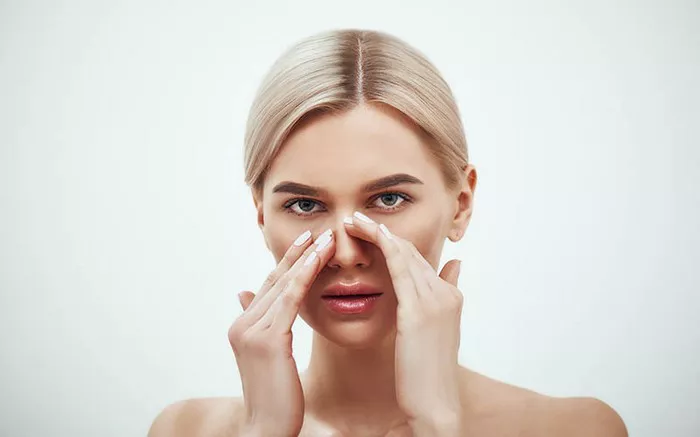Rhinoplasty, commonly known as a “nose job,” is a surgical procedure that can enhance both the aesthetic and functional aspects of the nose. It’s a popular choice among individuals seeking to improve their nasal appearance or alleviate breathing difficulties. However, age plays a significant role in determining whether one is an ideal candidate for rhinoplasty. In this article, we will explore the factors that influence the appropriate age for rhinoplasty and the considerations that should guide this decision.
Age-Related Considerations for Rhinoplasty
The decision to undergo rhinoplasty should be made carefully, and age is a crucial factor in this determination. Here are some key considerations regarding the appropriate age for rhinoplasty:
Skeletal Growth and Development:
One of the primary factors influencing the age for rhinoplasty is the maturity of facial skeletal growth. In most cases, it is recommended to wait until facial bones, including those of the nose, have reached full development. This typically occurs around the age of 15 to 17 for girls and slightly later for boys.
Emotional Maturity:
Rhinoplasty is a significant decision that should not be taken lightly. Emotional maturity is crucial to ensure that the patient fully understands the procedure, its potential risks, and the expected outcomes. Most surgeons recommend that candidates for rhinoplasty be at least in their late teens or early twenties to ensure they are emotionally prepared for the surgery.
Physical Health:
Being in good physical health is essential for any surgical procedure, including rhinoplasty. Patients should not have any underlying medical conditions that could increase the risks associated with surgery. An experienced surgeon will evaluate a candidate’s overall health before approving them for rhinoplasty.
Clear Aesthetic Goals:
Patients should have clear and realistic aesthetic goals for rhinoplasty. It’s essential to understand that while the procedure can enhance the appearance of the nose, it may not result in perfection or dramatic changes. Candidates should be comfortable with the idea of improvement rather than perfection.
Functional Concerns:
In cases where rhinoplasty is sought for functional reasons, such as correcting a deviated septum or addressing breathing difficulties, the appropriate age can vary. These procedures may be performed earlier, even in adolescence, if they are medically necessary.
Consultation with a Qualified Surgeon:
The best way to determine the ideal age for rhinoplasty is to consult with a board-certified plastic surgeon or facial plastic surgeon. These professionals can assess the individual’s unique circumstances, including their facial development, health, and aesthetic goals, to determine if they are a suitable candidate for the procedure.
Conclusion
The appropriate age for rhinoplasty is a multifaceted consideration that depends on various factors, including skeletal development, emotional maturity, physical health, aesthetic goals, and functional concerns. While there is no one-size-fits-all answer, it is generally recommended to wait until facial bones have fully matured, typically in the late teens to early twenties, before undergoing rhinoplasty.
Ultimately, the decision to pursue rhinoplasty should be made after thorough consultation with a qualified and experienced surgeon who can provide personalized guidance and recommendations. It is essential to prioritize safety, realistic expectations, and the long-term well-being of the patient when considering rhinoplasty at any age.


